Premium Only Content
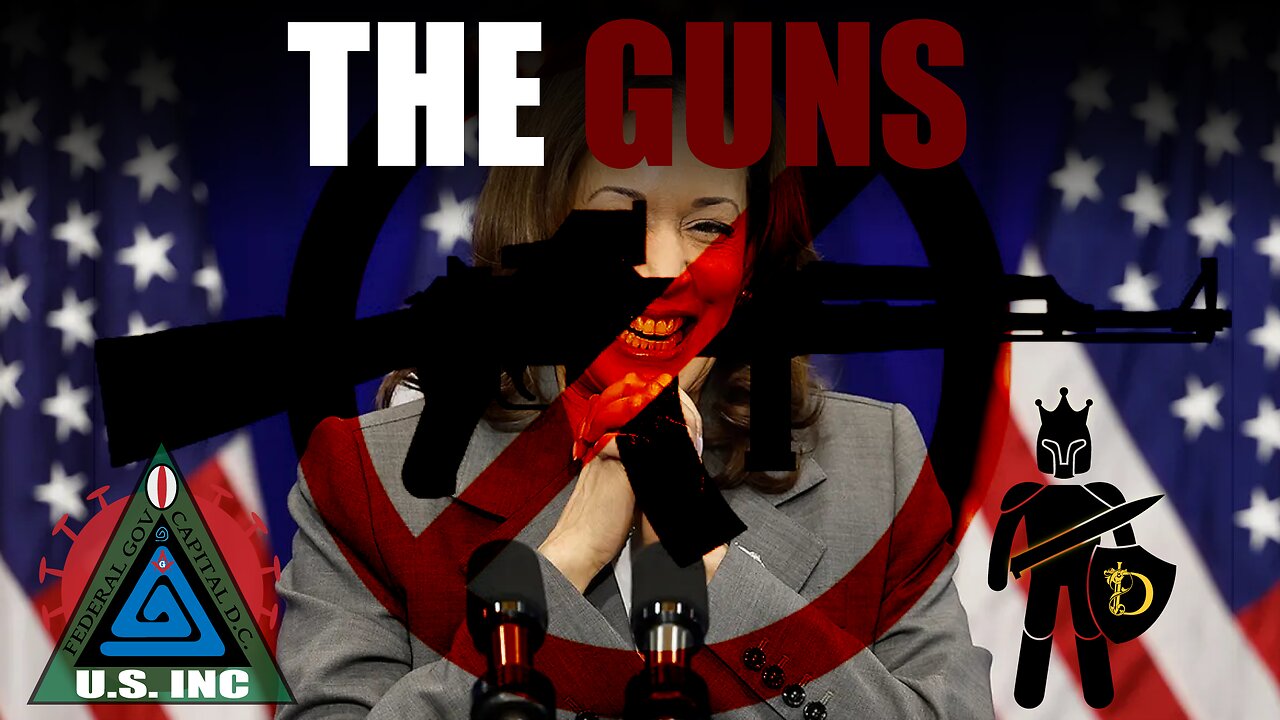
Kamala Harris vs Your Guns
The Second Amendment :
(ratified on December 15, 1791, is part of the Bill of Rights)
"A well regulated Militia, being necessary to the security of a free State, the right of the people to keep and bear Arms, shall not be infringed."
Well Regulated Militia: This refers to the necessity of having a disciplined and prepared militia for the security of the state.
Right to Keep and Bear Arms: The core component of the amendment ensures that individuals have the right to own and carry weapons.
Shall Not Be Infringed: This phrase means that the government cannot encroach upon this right.
Potential Use of the Second Amendment if the Government Attempted to Disarm America
1. Legal and Civil Actions (court):
Constitutionality: Any government attempt to disarm the populace would likely face immediate legal challenges on the grounds of violating the Second Amendment.
Judicial Review: The Supreme Court and other judicial bodies would review the legality of any disarmament actions, referencing landmark cases such as District of Columbia v. Heller (2008), where the Court affirmed an individual's right to possess firearms unconnected with service in a militia.
2. Nonviolent Protests and Advocacy:
Organized Movements: Advocacy groups like the National Rifle Association (NRA) and other civil liberties organizations would likely mobilize protests, petitions, and public campaigns to oppose disarmament efforts.
Grassroots Involvement: Local communities and individuals might engage in nonviolent civil disobedience and rallies to assert their rights.
3. Historical Precedents and Theoretical Scenarios
Civil Rights Movements: Historically, Americans have used the Constitution as a foundation to challenge perceived governmental overreach, as seen in various civil rights movements.
Previous Gun Control Debates: Past proposals for strict gun control have consistently been met with robust legal and public resistance based on Second Amendment rights.
Theoretical Outcomes -Community Defense Groups: Some might form local militias or community defense groups, arguing they are acting within the constitutional framework.
Potential Risks: While forming militias, there's a risk of increased tensions and potential clashes with law enforcement if the government enforces a disarmament policy.
Remember the Bundy's:
The Cliven Bundy incident, which unfolded in 2014, highlighted significant tensions involving the Second Amendment in the United States. Cliven Bundy, a Nevada rancher, engaged in a prolonged dispute with the federal government over unpaid grazing fees on public lands. When the Bureau of Land Management (BLM) attempted to confiscate Bundy's cattle to settle the debt, Bundy called upon supporters, many of whom arrived heavily armed. These supporters cited their Second Amendment rights as a basis for their actions, arguing that they were defending Bundy's private property and resisting what they viewed as federal overreach. The standoff, which saw armed civilians facing federal officers, underscored the deep-rooted belief among many Americans that the right to bear arms is a crucial tool for resisting possible government tyranny and maintaining individual liberties.
-
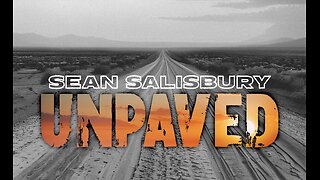 UPCOMING
UPCOMING
Sean Unpaved
29 minutes agoThursday Night Thrills & Kawhi's No-Show Gig in LA
-
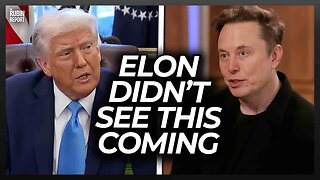 1:02:58
1:02:58
The Rubin Report
2 hours agoPress Stunned by Trump’s Brutally Honest Message for Elon Musk
26.9K27 -
 UPCOMING
UPCOMING
Rebel News
8 minutes agoPolice chief says 'comply' with intruders, Carney on temp workers, Trump on tariffs | Rebel Roundup
-
 UPCOMING
UPCOMING
Neil McCoy-Ward
50 minutes ago🚨 Hospitals Are Bracing For MASS Casualties...
36 -
 LIVE
LIVE
The Mel K Show
1 hour agoMORNINGS WITH MEL K - NATO Cognitive Warfare & Post WWII Betrayal Finally Exposed 9-4-25
826 watching -
 LIVE
LIVE
The Shannon Joy Show
3 hours agoCOVID Not A ‘Lab Leak’, It Was Created At UNC Chapel Hill! LIVE - Exclusive With Dr. David Martin
316 watching -
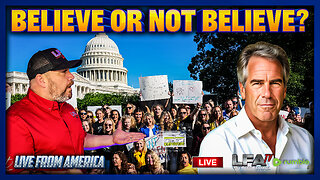 LIVE
LIVE
LFA TV
5 hours agoLFA TV ALL DAY STREAM - THURSDAY 9/4/25
4,114 watching -
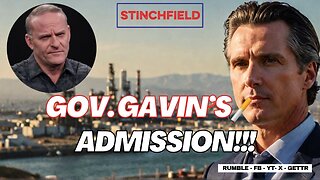 LIVE
LIVE
Grant Stinchfield
1 hour agoGas Prices Broke Him – Newsom Quits the Fight!
184 watching -
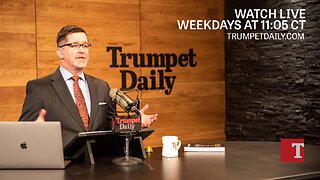 LIVE
LIVE
Trumpet Daily
1 hour agoTrumpet Daily LIVE | Sept. 4, 2025
430 watching -
 1:01:50
1:01:50
VINCE
4 hours agoEpstein Victims Have Come Forth, The Names Have Not | Episode 118 - 09/04/25
171K112